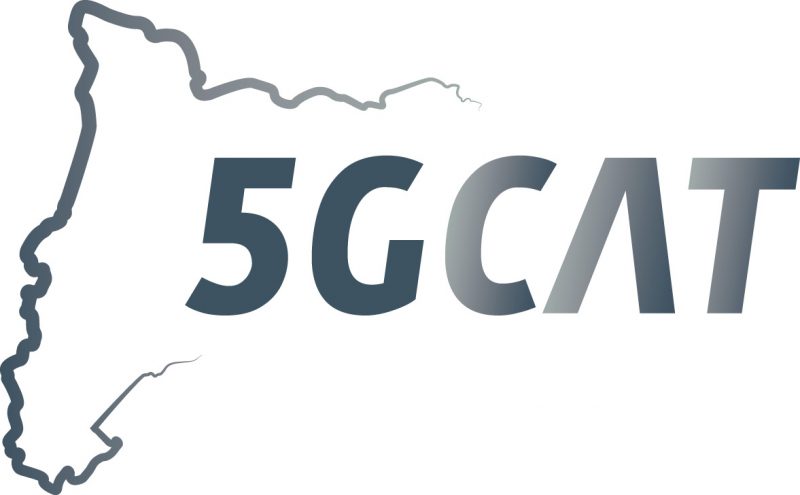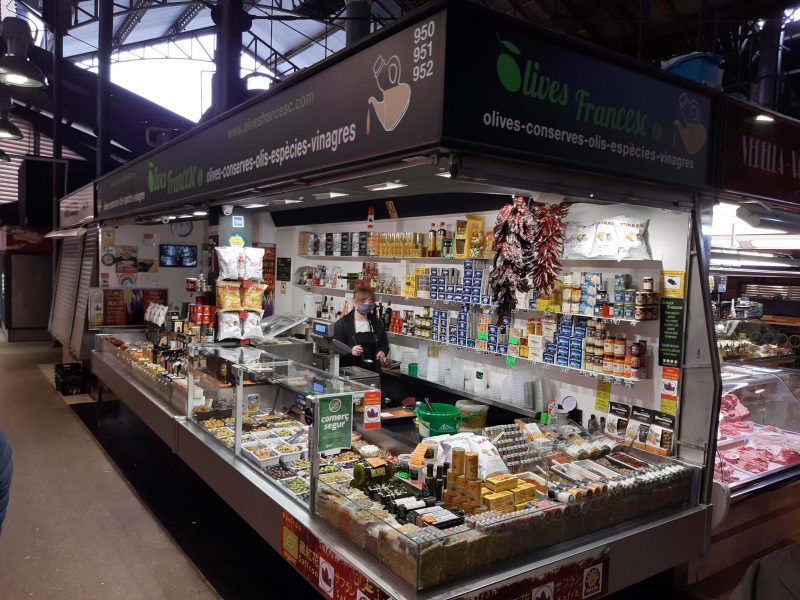Trends
Trends
APR
16
2021
Soluciones
5G, the locomotive of digitalisation, starts up in Catalonia
Barcelona: a test bed allowing the development of the local 5G ecosystem for the benefit of individuals and companies
Holograms with two-way interaction; autonomous cars that allow passengers to travel in a totally safe and connected way. What years ago was the stuff of science fiction films may gradually begin to integrate into our society thanks to the disruptive force of this new technology. 5G is a huge stimulus for digitalisation in all production processes and is a great opportunity for our companies to position themselves in the new digital era. It is also an opportunity for the innovative sector to develop features to improve our daily life, from medicine to education, by developing solutions for local commerce or tourism.
Fifth-generation mobile telephony dramatically reduces latency time (the time it takes for a data packet to be transmitted within the network) to between 1 and 5 milliseconds, which is 100 times faster than the blink of an eye. This near-instantaneous response makes it easy to control machines and robots remotely with great precision in industrial environments. Port cranes are a clear example of a vehicle remotely controlled 24×7 that will help to increase productivity.
Barcelona and its metropolitan area are set to become a giant laboratory of this technology thanks to the 5G Catalunya project, led by Cellnex and the MASMOVIL Group. Also involved in the consortium are Parlem Telecom, Nearby Computing, Aumenta Solutions, Lenovo, Atos and Nae. The project is funded by Red.es —an entity belonging to the Spanish Ministry of Economic Affairs and Digital Transformation— within the 5G National Plan co-financed by the European Regional Development Fund (ERDF).
Barcelona City Council, Mobile World Capital Barcelona –through the 5G Barcelona initiative–, Fira Barcelona, i2cat, Intel and the IESE business school are also involved in this ambitious initiative.
This project includes seven use cases for which Cellnex and Mas Móvil will roll out a 5G network that will remain in place after the 30-month duration of this project. The city’s business environment will be the first to benefit from the new technology.
Under the pilot experience, the IESE business school and Barcelona Activa will carry out an interview with a holographic image with bidirectional capability, which opens up great educational possibilities. The autonomous and connected vehicle will have its first application in logistics linked to industry 4.0 in the automotive sector. In the area of passenger transport, an autonomous bus will transport visitors to the Fira de Barcelona Gran Via venue. The traditional “Mercat de la Boqueria” will be the setting for an immersive shopping experience in which a personal shopper will broadcast images to a remote shopper wearing augmented reality glasses. A neutral multi-operator network will provide quality connectivity in areas of peak occupancy such as the Barcelonés beaches. Similarly, the 5G network will make it possible to create and produce HD audiovisual signals remotely, in an experience of the Local Audiovisual Network (Xarxa Audiovisual Local, XAL) and betevé, the television of Barcelona.
New technology will also help in managing public safety and emergencies. The officers of the Urban Police force (Guardia Urbana) will receive notifications of incidents which they can consult at high speed in pre-recorded videos and, when they patrol, they will wear sensors on their uniforms to improve personal and collective safety.
The arrival of 5G is a lever for change to ensure that the productive system takes a great leap forward at a time when the reconstruction of the country needs it most. Achieving an ecosystem that takes full advantage of all the potentialities will be key. Barcelona can become a good example.
José Antonio Aranda
Product Strategy and Innovation Director of Cellnex
President of the joint venture of companies managing the 5G Catalunya Project



















